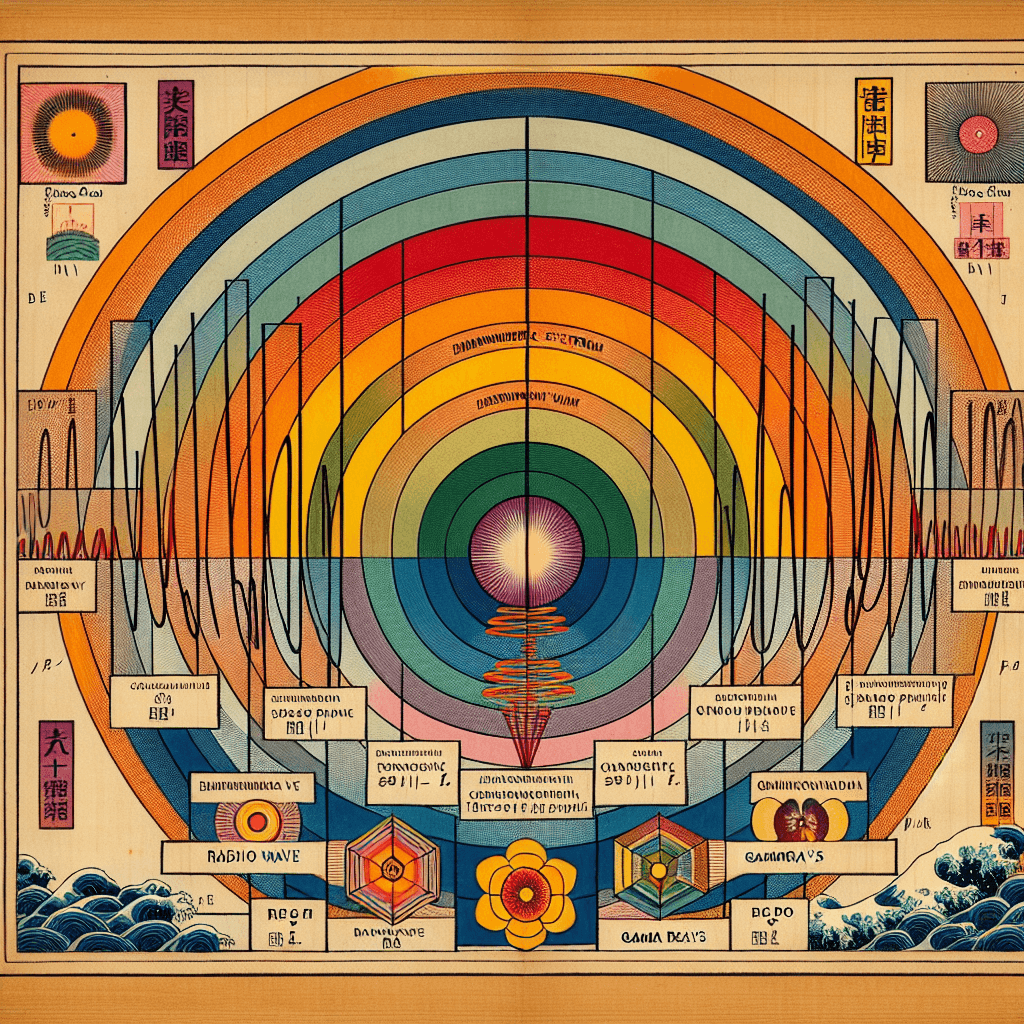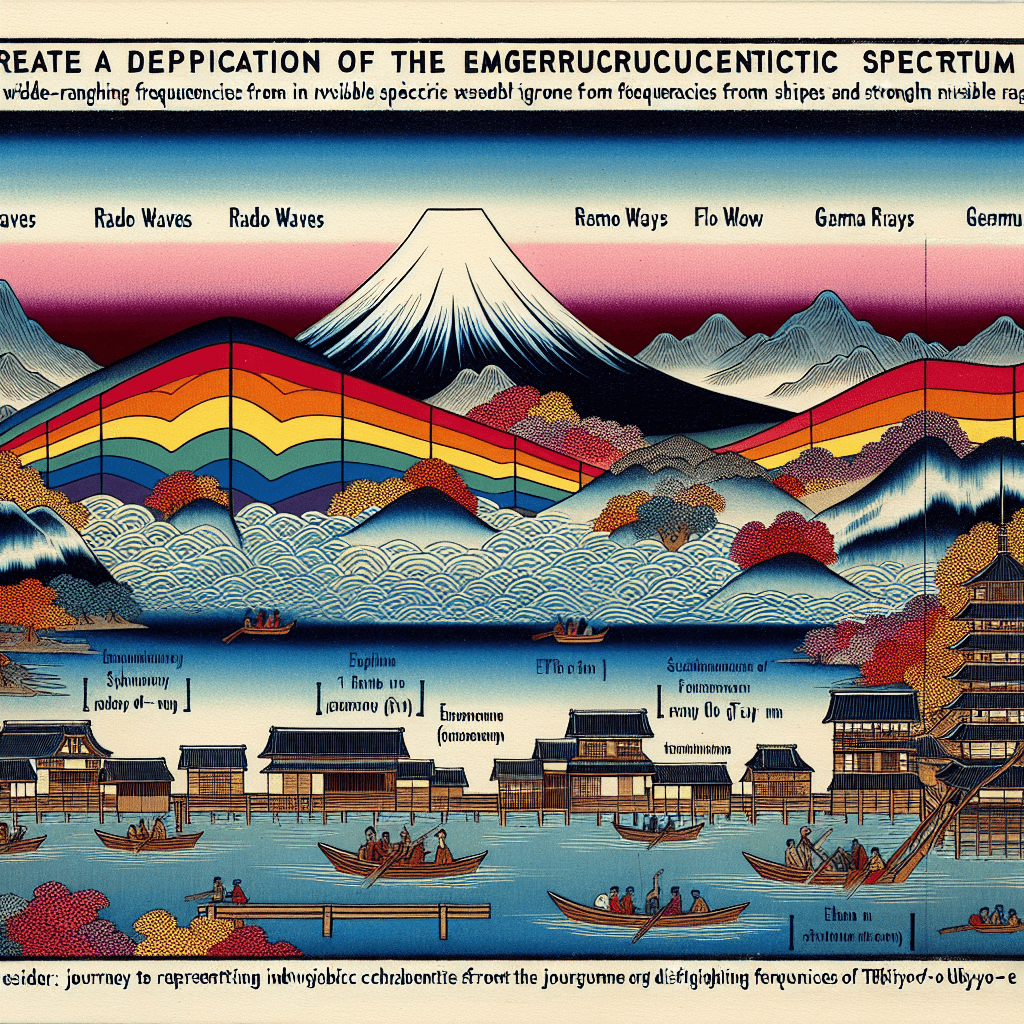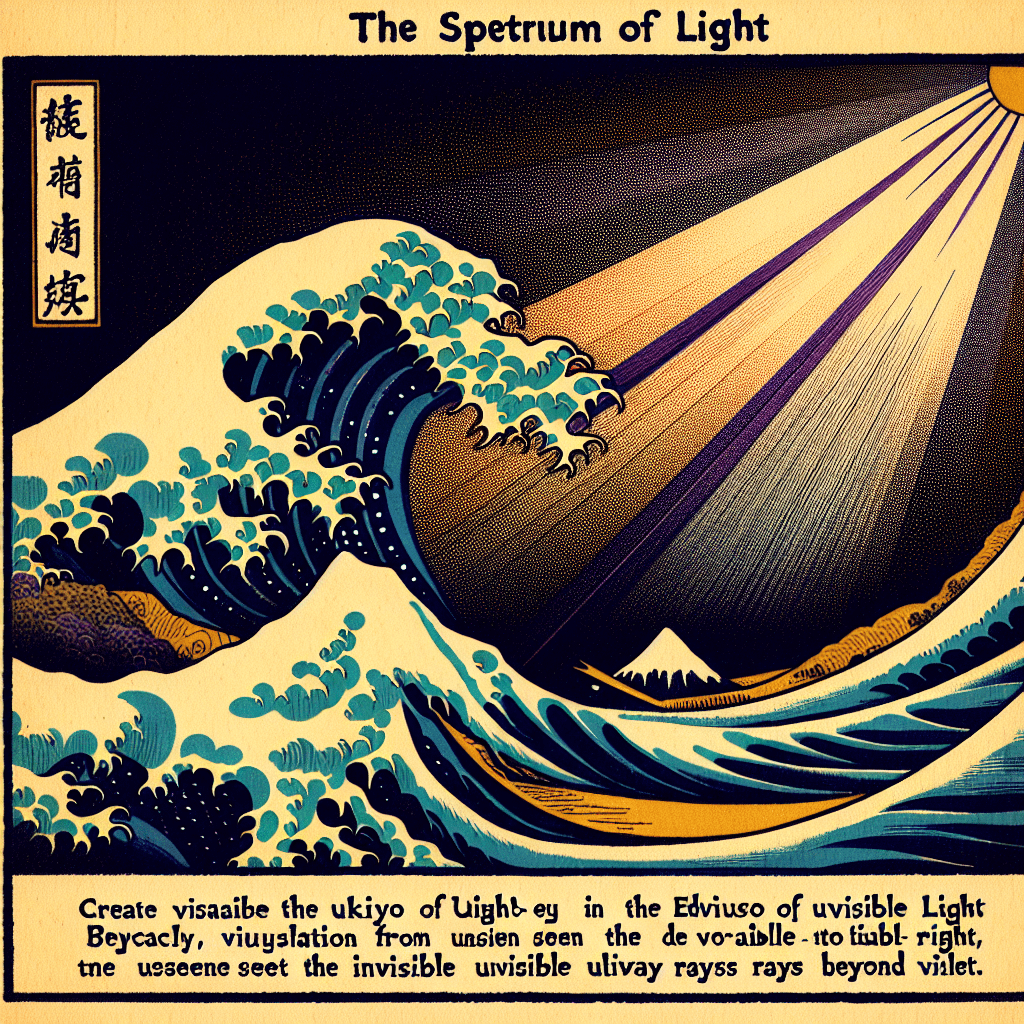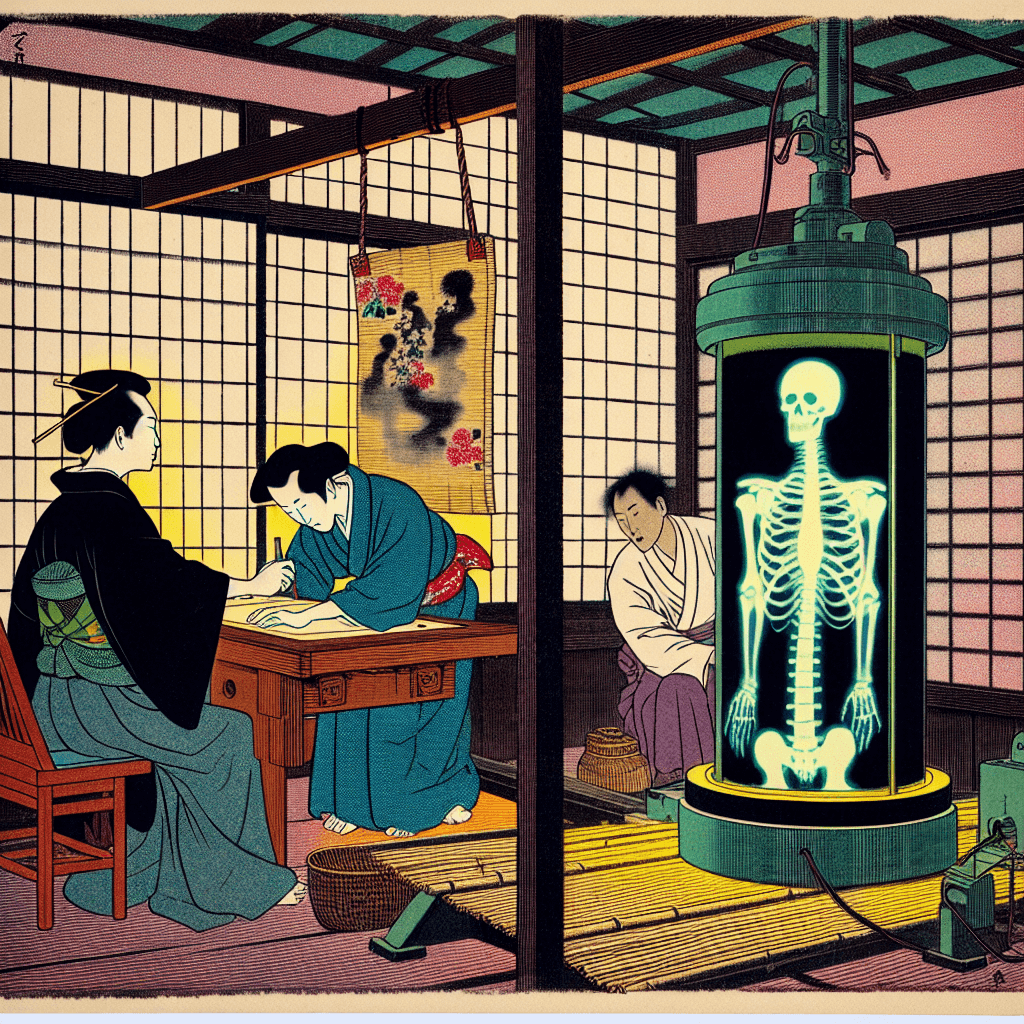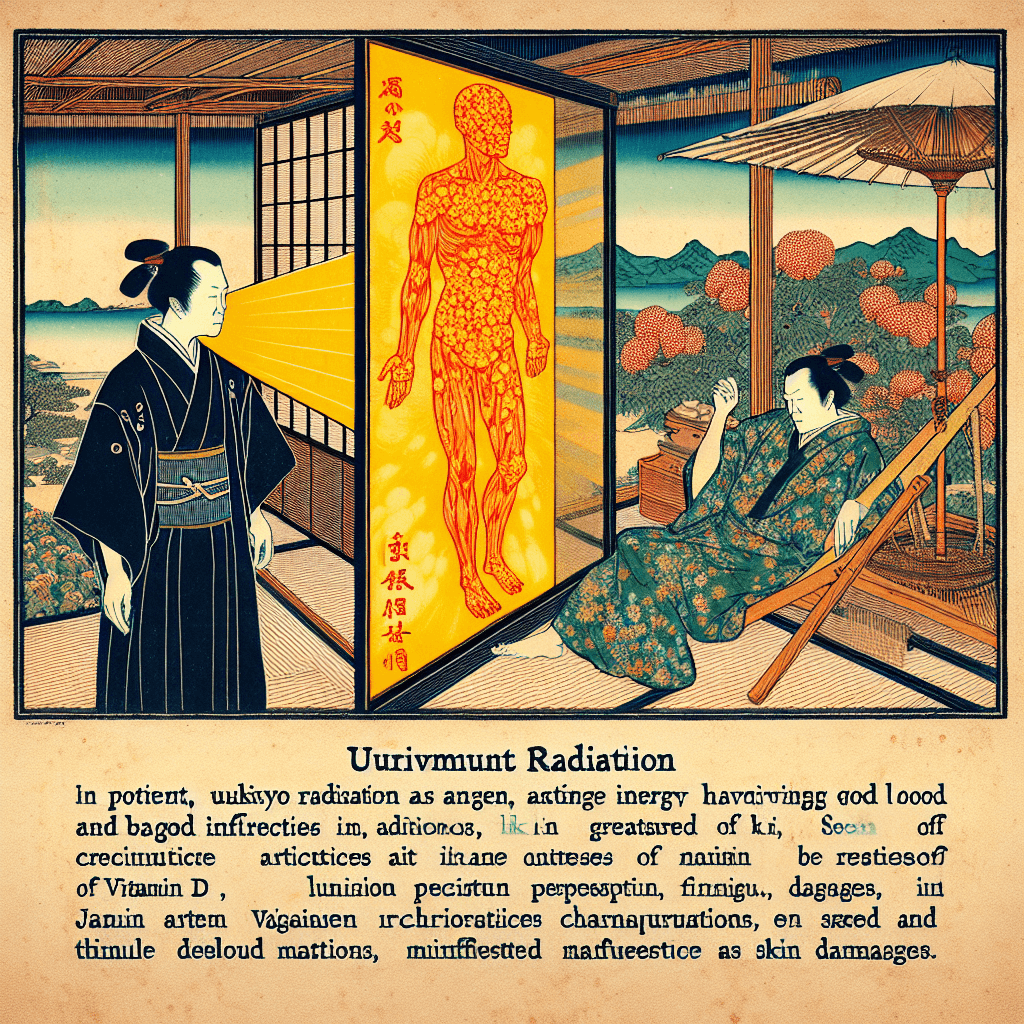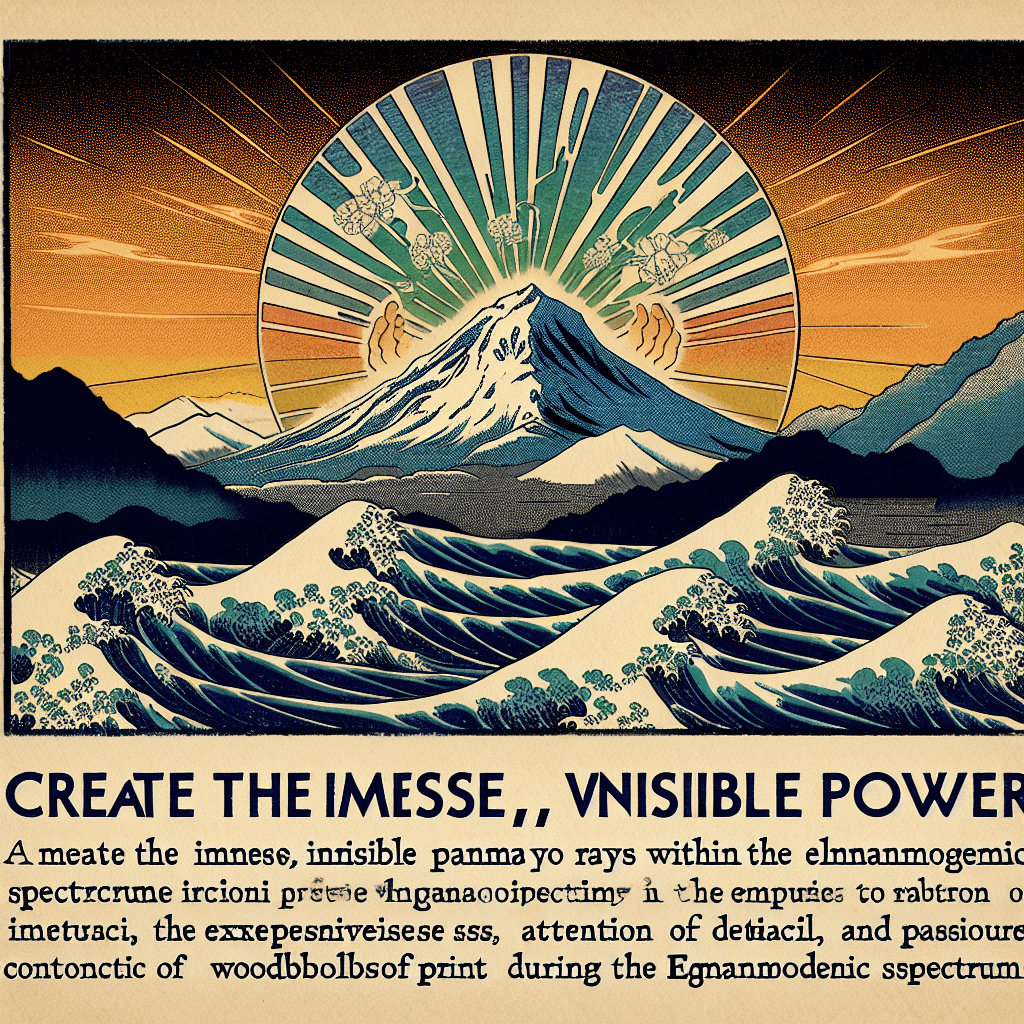Ultraviolet Radiation: Beyond the Visible Spectrum
syndu | Sept. 6, 2024, 3:50 a.m.

Ultraviolet Radiation: Beyond the Visible Spectrum
Introduction
Continuing our exploration of the electromagnetic spectrum, we arrive at ultraviolet (UV) radiation, a segment that lies just beyond the visible spectrum. Ultraviolet radiation has wavelengths ranging from approximately 10 nanometers (nm) to 400 nanometers (nm) and frequencies between 750 terahertz (THz) and 30 petahertz (PHz). Although invisible to the human eye, UV radiation plays a significant role in various natural processes and technological applications.
In this blog post, we will delve into the properties, discovery, applications, benefits, and dangers of ultraviolet radiation, highlighting its importance in both nature and technology.
Discovery of Ultraviolet Radiation
The discovery of ultraviolet radiation dates back to the early 19th century. In 1801, German physicist Johann Wilhelm Ritter conducted experiments to investigate the effects of light beyond the violet end of the visible spectrum. Ritter observed that this invisible radiation could darken silver chloride, a chemical used in photographic processes, more effectively than visible light. He termed this radiation "oxidizing rays," which later became known as ultraviolet radiation.
“Ritter's discovery was groundbreaking, revealing a new form of electromagnetic radiation and paving the way for further research into its properties and applications.”
Properties of Ultraviolet Radiation
Ultraviolet radiation is a type of electromagnetic radiation with the following properties:
- Wavelength and Frequency:
- Ultraviolet radiation has wavelengths ranging from 10 nanometers (nm) to 400 nanometers (nm).
- Its frequencies range from 750 terahertz (THz) to 30 petahertz (PHz).
- Energy Levels:
- Ultraviolet radiation has higher energy levels compared to visible light and infrared radiation.
- The energy of UV photons is sufficient to cause electronic transitions in atoms and molecules, leading to various chemical reactions.
- Penetration Ability:
- Ultraviolet radiation can penetrate certain materials, including the Earth's atmosphere, to varying degrees.
- The degree of penetration depends on the material's properties and the UV radiation's wavelength.
- Ionizing Radiation:
- Some UV radiation, particularly UV-C, is a form of ionizing radiation, meaning it has enough energy to remove tightly bound electrons from atoms, creating ions.
- This property makes UV-C useful for sterilization but also poses potential health risks.
Applications of Ultraviolet Radiation
Ultraviolet radiation has a wide range of applications across different fields:
- Medical and Health Applications:
- Sterilization: UV-C radiation is used to sterilize medical equipment, water, and air by killing bacteria, viruses, and other pathogens.
- Phototherapy: UV radiation is used in phototherapy to treat skin conditions such as psoriasis, eczema, and vitiligo.
- Scientific Research:
- Spectroscopy: Ultraviolet spectroscopy is used to analyze the composition of substances based on their absorption and emission spectra.
- Astronomy: Ultraviolet telescopes observe celestial objects and phenomena, providing valuable insights into the universe.
- Industrial Applications:
- Curing: UV radiation is used to cure or harden materials such as inks, coatings, and adhesives in various manufacturing processes.
- Forensics: UV light is used in forensic investigations to detect bodily fluids, fingerprints, and other evidence.
- Environmental Monitoring:
- Ozone Layer Monitoring: UV radiation is used to monitor the ozone layer, which protects the Earth from harmful UV radiation.
- Pollution Detection: UV sensors detect pollutants in the air and water, aiding in environmental protection efforts.
Benefits of Ultraviolet Radiation
Ultraviolet radiation offers several benefits, including:
- Sterilization: UV-C radiation effectively kills pathogens, making it valuable for sterilization in medical and industrial settings.
- Medical Treatment: UV radiation aids in the treatment of skin conditions through phototherapy.
- Scientific Discovery: UV spectroscopy and astronomy contribute to scientific discovery and our understanding of the universe.
- Environmental Protection: UV monitoring helps protect the environment by detecting pollutants and monitoring the ozone layer.
Dangers of Ultraviolet Radiation
Despite its benefits, ultraviolet radiation also poses potential dangers:
- Skin Damage: Prolonged or intense exposure to UV radiation can cause sunburn, premature aging, and an increased risk of skin cancer.
- Eye Damage: UV radiation can damage the eyes, leading to conditions such as cataracts and photokeratitis.
- Safety Measures: Proper safety measures, such as wearing protective clothing, sunscreen, and UV-blocking eyewear, are essential to minimize risks.
Conclusion
Ultraviolet radiation is a fascinating and powerful segment of the electromagnetic spectrum, with applications that have transformed medicine, science, and industry. From sterilizing medical equipment to uncovering the mysteries of the universe, UV radiation plays a crucial role in modern technology and scientific discovery. As we continue our exploration of the electromagnetic spectrum, we will delve into the next part: X-Rays. Stay tuned for more insights into the fascinating world of electromagnetic waves.
Next Steps
- Proceed with drafting the subsequent posts covering the rest of the electromagnetic spectrum in the following order: X-Rays and Gamma Rays. - Ensure each post is informative and engaging, incorporating any specific preferences or additional topics if requested.
Additional Notes
If you have any specific preferences or additional topics you’d like us to cover, please let us know. We’re here to make this journey as enlightening and enjoyable as possible.
This blog post provides a comprehensive overview of ultraviolet radiation, highlighting its discovery, properties, applications, benefits, and dangers. It sets the stage for a deeper understanding of the electromagnetic spectrum and its impact on various fields.
